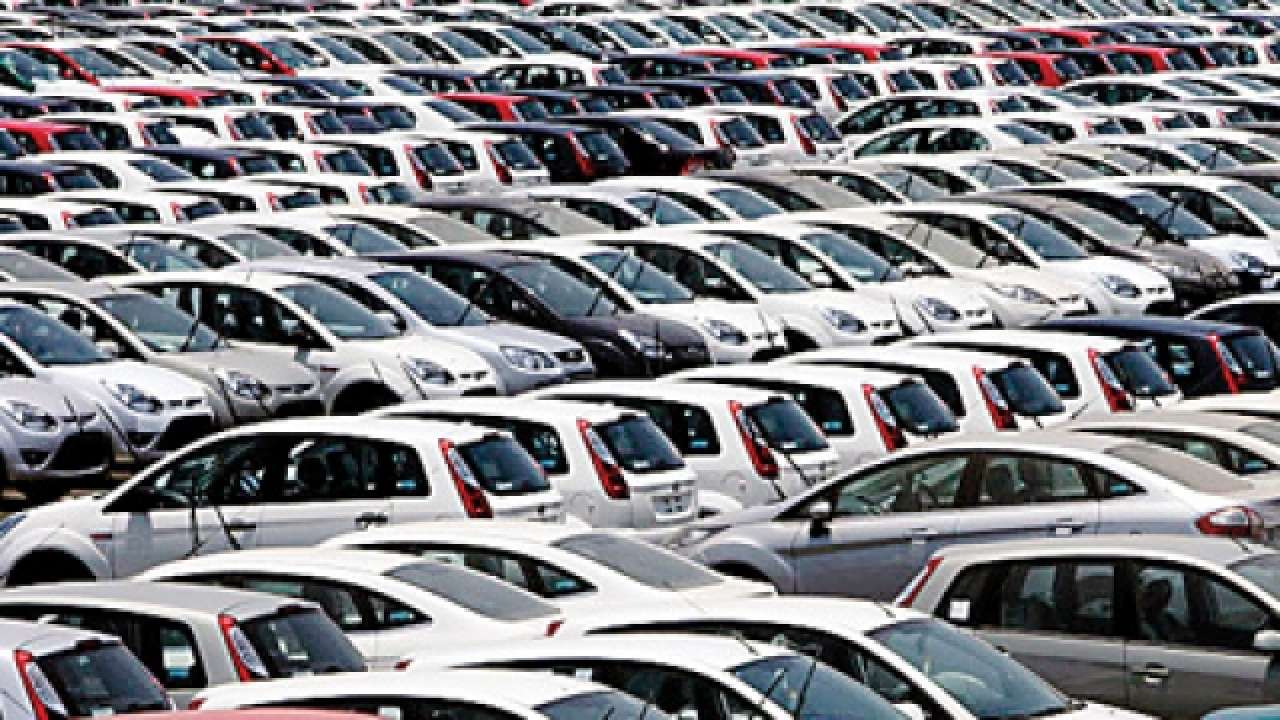After poor sales, automakers take a hit on margins
BUMPY ROAD: Margins of most companies are down on year-on-year basis, but were better on a sequential basis

Auto sector
Automakers hamstrung by poor sales, higher commodity prices, deep discounts, production cuts are seeing hit on their operating margins even as turnaround still seems a distance away.
The latest to witness a slide in margins is Mahindra & Mahindra (M&M), whose margins fell to 13.5% during the fourth quarter of the last fiscal from 15.1% a year ago.
Pawan Goenka, managing director, M&M, termed it a "reasonably protected margin", saying that it was in the context of the highest ever margins the company had last year.
Internal factors such as higher brand spend, lower realisation due to introductory prices, higher depreciation and amortisation expenses impacted M&M's margins, the company executives said.
A SHARP TURN |
|
The Indian automotive industry has been undergoing a prolonged spell of slowdown since over nine months with festive seasons failing to bring any cheer. According to the executives across the original equipment manufacturers, retailers and component makers, one of the primary reasons for slowdown has been the tightening of liquidity by non-banking financial institutions following the IL&FS crisis. The other prominent reasons include rise in fuel prices, rural distress due to lack of rains in certain regions of the country, new insurance laws leading to increase in its costs and slowdown in certain industries leading to dip in consumer sentiments.
For rival Tata Motors, it was a mixed quarter with consolidated Ebitda margin of 10.5%, a fall of 120 bps year on year (YoY), but a gain of 130 bps quarter on quarter (QoQ), led by a slight recovery in JLR margins, even as the standalone business faced temporary headwinds. JLR operating margins stood at 9.8% (+250 bps QoQ) owing to higher sales, favourable forex and cost reduction benefits, among others. However, due to weak demand and commodity pressure in the domestic market, Tata Motors's standalone margin declined 150 bps QoQ, partially offset by focused cost saving initiatives. "With the turnaround of the business in place, we are sure to improve our margins, going forward," said a company executive. Commenting on its margins, JM Financial Research said in a report, "Recovery in standalone business stays contingent upon easing liquidity scenario, near-normal monsoon and BS-VI pre-buy."
Bajaj Auto's performance for the fourth quarter was broadly in line with the analyst estimates. However, margins stood at 15.7%, down 370 bps YoY and flat QoQ despite a better product mix and slight sequential commodity relief. A report by Prabhudas Lilladher said,
"Bajaj Auto's strategy to gain market share in the domestic motorcycle segment might have provided the company and its dealers much needed volumes, but at the cost of profitability (margin erosion of 250bps over fiscal 2019)." The report said with demand outlook for the domestic industry remaining subdued, which could even impact the premium segment, challenges of passing on BS-VI related costs in fiscal 2021 and no incremental growth in domestic three-wheeler market, the margins would continue to remain under pressure.
In comparison, Ashok Leyland managed things better with improved cost-efficiency, analysts said. According to Aditya Narain of Edelweiss Securities, the company's gross margin slipped 260 bps QoQ to 27.3% due to higher commodity costs and inventory clearance, Ebitda margin of 11% came in line with estimate as the company was successful in streamlining costs, though discounts continued to remain high at Rs 4,25,000-4,40,000 per vehicle.
Though the business environment seems tough, executives across the OEMs are hopeful that the situation may improve in a couple of financial quarters.
Mayank Pareek, president, passenger vehicles business Unit, Tata Motors, who claims to have witnessed 3-4 such slowdowns in the past, seems optimistic about the future. "I expect it to last for another quarter or so." The executives are unanimous on the view that the turnaround in the industry will depend on the government policies going forward, availability and affordability of finance, monsoon, and transition to BS-VI regime, among others.